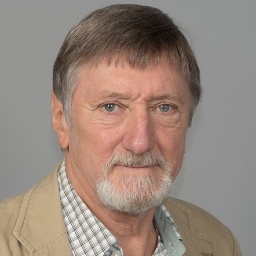Professor Angus Gellatly
Emeritus Professor of Psychology
School of Psychology, Social Work and Public Health

Role
Emeritus Professor Angus Gellatly’s research interests are in cognitive psychology broadly conceived. Over the years they have included memory, reasoning, ergonomics and cognitive development. He has also explored how the sociology of knowledge can be applied to psychological knowledge claims and has been particularly concerned with how attributions of cognitive competence are or are not made to humans, animals and machines.
The focus of his current research interest is in visual cognition. He has had recent ESRC grants to investigate visual attention and visual masking. The aim of this work is to understand the processes involved in deriving a representation of the environment in terms of objects and background, and how these processes influence and are influenced by different forms of visual attention. Or, put more simply, why you usually do but sometimes don't see what's in front of you!
